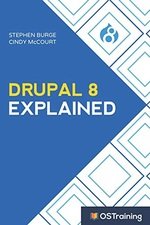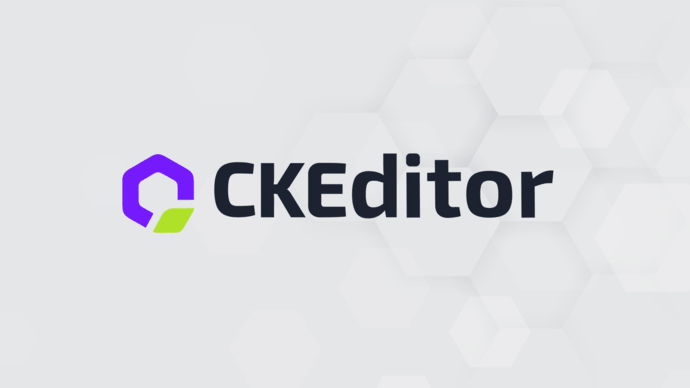At the last DrupalCon Europe in Amsterdam, Drupal founder Dries Buytaert suggested in his traditional DriesNote to focus more on the beginner-friendliness of Drupal in the future. In his remarks, he described how beginners still find it difficult to take their first steps in Drupal due to some fundamental barriers to entry. He identified one of these barriers to entry as Drupal's somewhat unique terminology, which followed different principles and rules than the majority of users were familiar with from other systems.
Dries sees the topic of beginner-friendliness as one of Drupal's strategic goals, the more precise content of which will be developed by the community in the coming weeks and months.
However, as it will be some time before this project is realized, Dries' presentation prompted us to provide a little help for Drupal beginners. In the course of this, we decided to take a closer look at some of Drupal's basic terms and explain them in a beginner-friendly way:
Node - Nodes are all content that is created in Drupal. In other words, they are individual pieces of content that together form a website. As a rule, a node is a single page and has a title, optional text and additional fields.
Entity - Entities are arbitrarily defined data in Drupal. This includes, for example, nodes, users, taxonomies, files, etc. Contrib modules can supply user-defined entities. Each entity type can contain multiple bundles (types).
Block - In Drupal, blocks are areas that can be placed anywhere on the website. Any content can be inserted into each of these blocks, such as navigation elements or other content.
Contrib modules or themes - Contrib modules and themes are not part of the Drupal core system and can be downloaded separately from the Drupal homepage(drupal.org). Similar concepts exist in other programs and are often referred to as "plugins", "add-ons" or "extensions".
Field - Fields are attributes of data that can be attached to a node or other Drupal entity. Fields contain further descriptive information about the corresponding entity, such as texts, images or terms.
Drupal "Core": Files, themes, profiles and modules that are included in the standard download of the project software. Further information can be found in the Drupal glossary in section 1.1, "Concept: Drupal as a content management system".
View: A formatted listing of data; as a rule, the data originates from entities(content entities). For example, you can create acontent item for each vendor on a farmers' market website. You can then create a view that generates a list page that contains a thumbnail image and a short description for each vendor and links to the content item. Using the same data, you can also create a view that generates a new vendor block that displays the information of the most recently added vendors. For more information, see the Drupal Glossary in Section 2.4, "Concept: Modular Content".
Theme: Software and asset data (images, CSS, PHP code and/or templates) that determine the style and layout of the website. The Drupal project distinguishes between core and contrib themes. Further information can be found in the Drupal glossary in section 1.3, "Concept: Themes".
The strong content dependency of the individual (Drupal) terms ensures that a complete definition of a term cannot be established without referencing others. However, as this article is only intended to provide an introduction to the terminology, we refer you to the Drupal 8 glossary for further information, which lists and explains all terms commonly used in Drupal 8 in English and German. Of course, the same applies to users of Drupal 7 and the Drupal 7 glossary.
Clicking through this glossary is worthwhile for beginners and experienced users alike, as even terms that you take for granted can have properties that you didn't know before.










